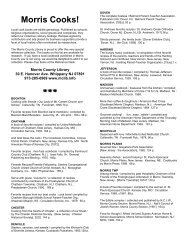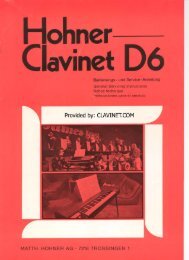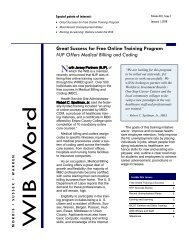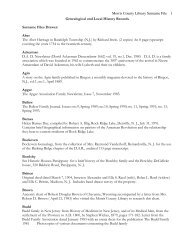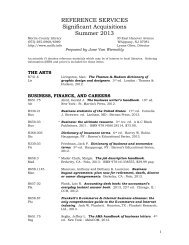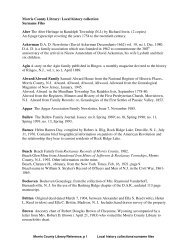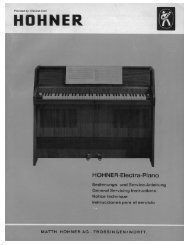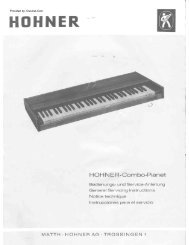Create successful ePaper yourself
Turn your PDF publications into a flip-book with our unique Google optimized e-Paper software.
The MIT Rapid Selector<br />
The Rapid Selector was a mechanical device for selecting microfilm frames,<br />
designed by Vannevar Bush, built at MIT beginning in 1938 and developed over a period<br />
of several years. The basic idea of the MIT Rapid Selector was that document abstracts<br />
<strong>For</strong> <strong>Peer</strong> <strong>Review</strong><br />
would be contained on reels of 35 mm microfilm such that one half of each frame was the<br />
16 mm image of an abstract, and the other half provided space for codes (represented as<br />
optical dots). When searching for frames matching a given set of codes, a card would be<br />
created (though later the card was replaced by a drum device) with the desired dot<br />
pattern, and the reeled microfilm would spin past the card. Photocell detectors would<br />
determine when a code pattern in the microfilm matched the pattern on the card, and that<br />
document image (the abstract) would be optically copied to 16 mm film. All of this was<br />
to happen so fast that 60,000 frames could be searched in a minute. In practice, though,<br />
the machine that was built had to be slowed down considerably due to mechanical and<br />
electronic problems, it was not too reliable in operation, and the effort associated with<br />
preparing and coding the abstracts appeared to be operationally and financially<br />
prohibitive (Burke, 1991). This selector, or more specifically a version of it, was really<br />
only used for a short period during the war “as something of a pattern locator” for<br />
analyzing codes in Japanese messages.<br />
2t-S-1Ed-D-P<br />
5<br />
John Wiley & Sons<br />
Page 6 of 38





